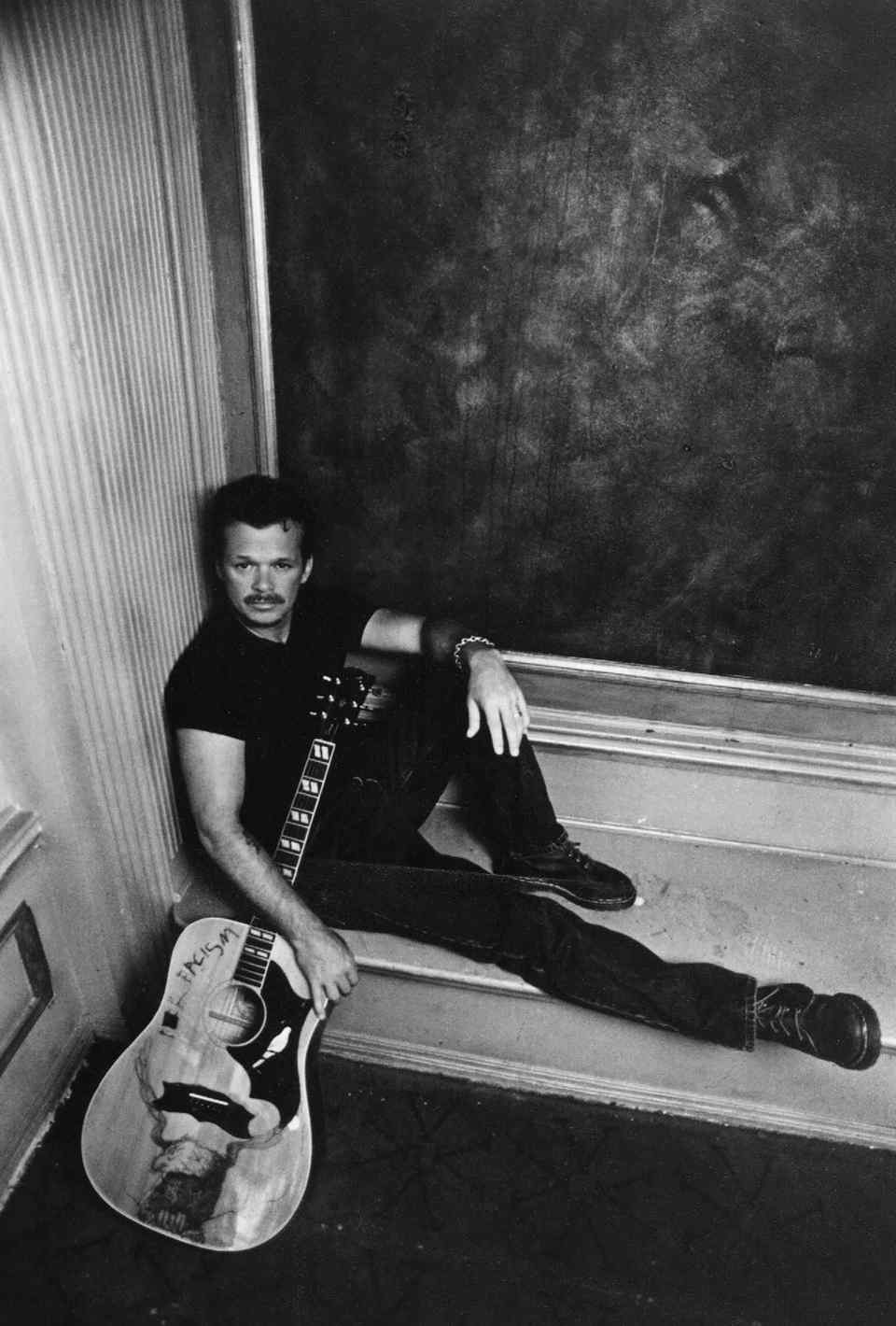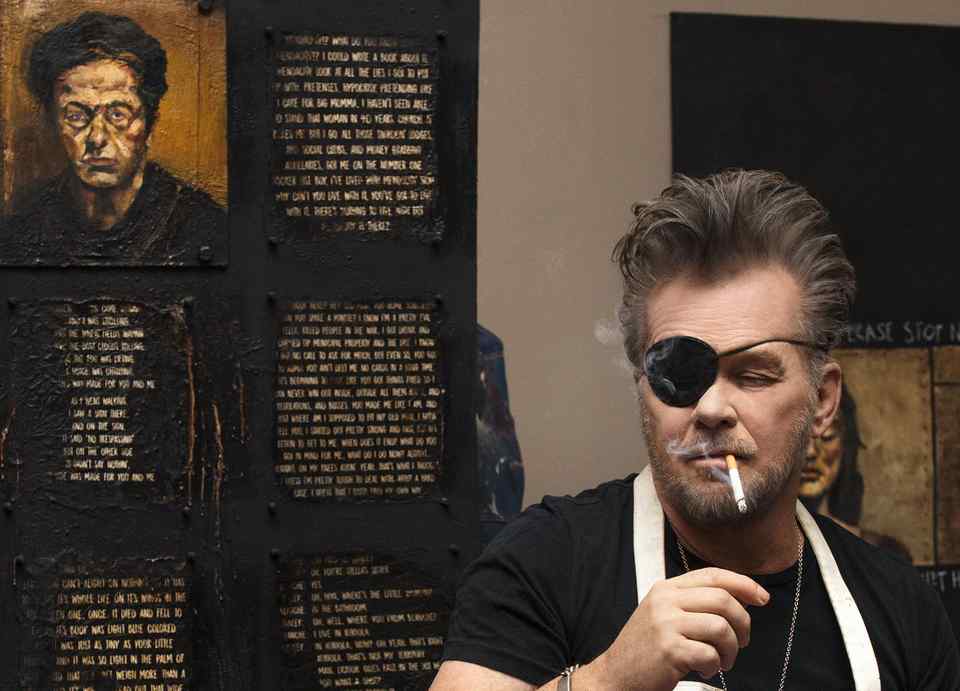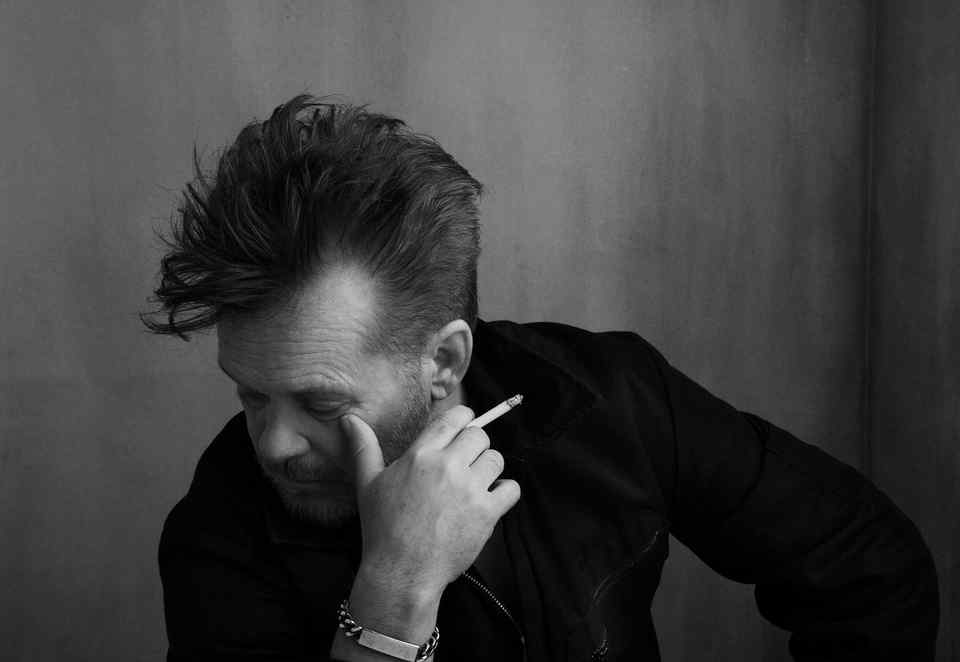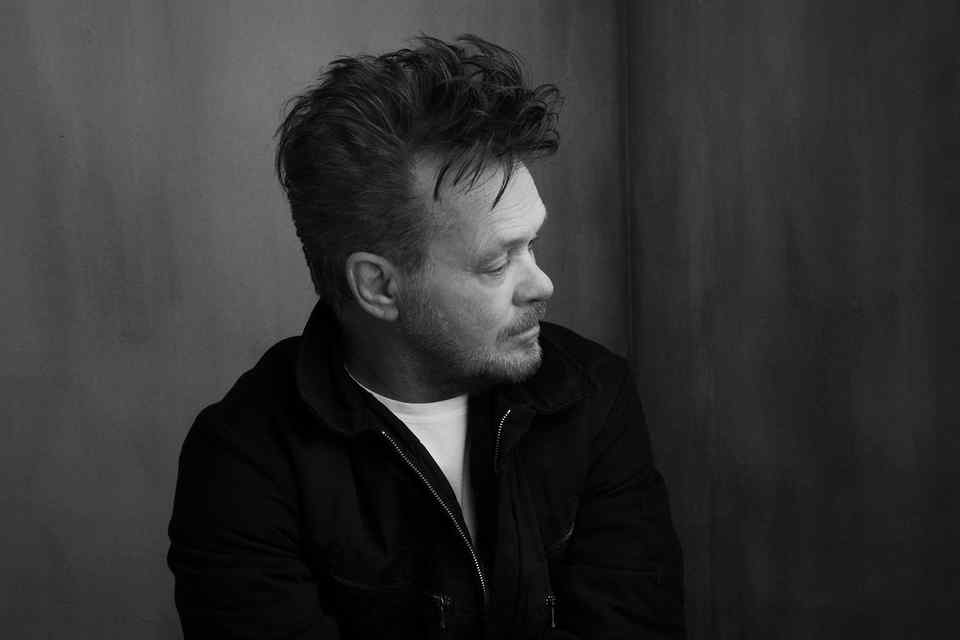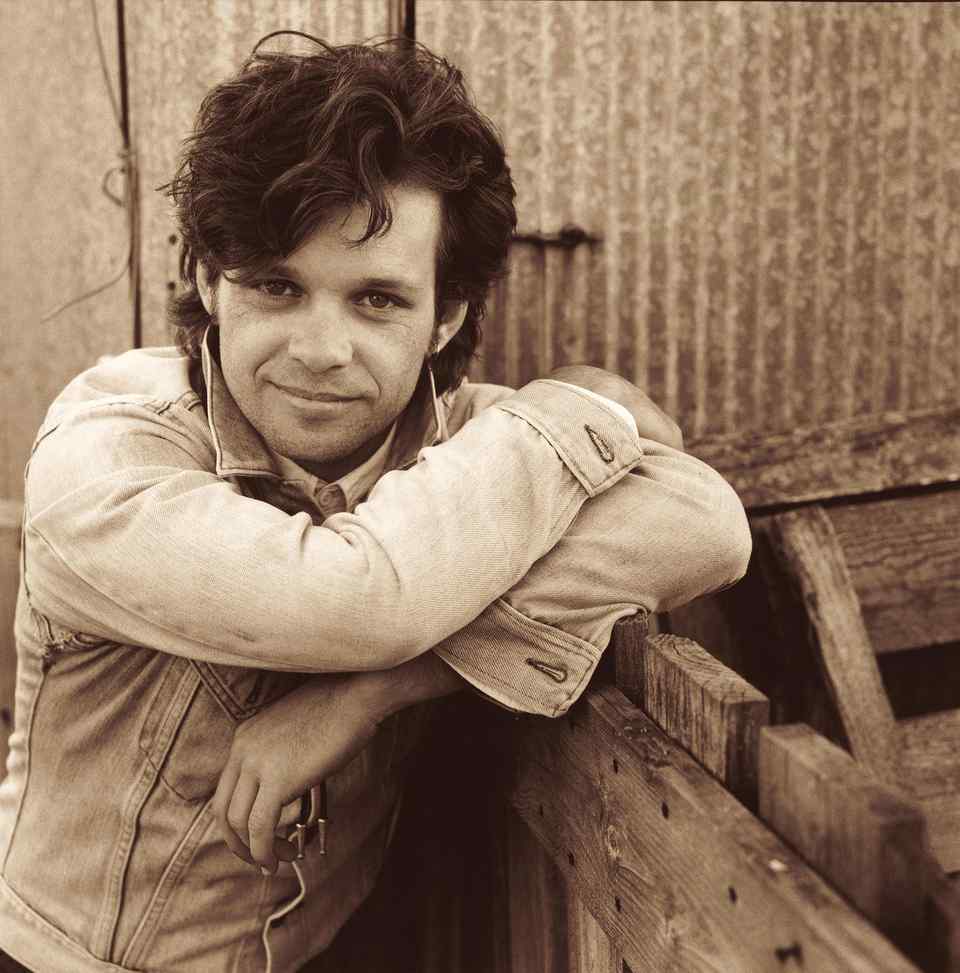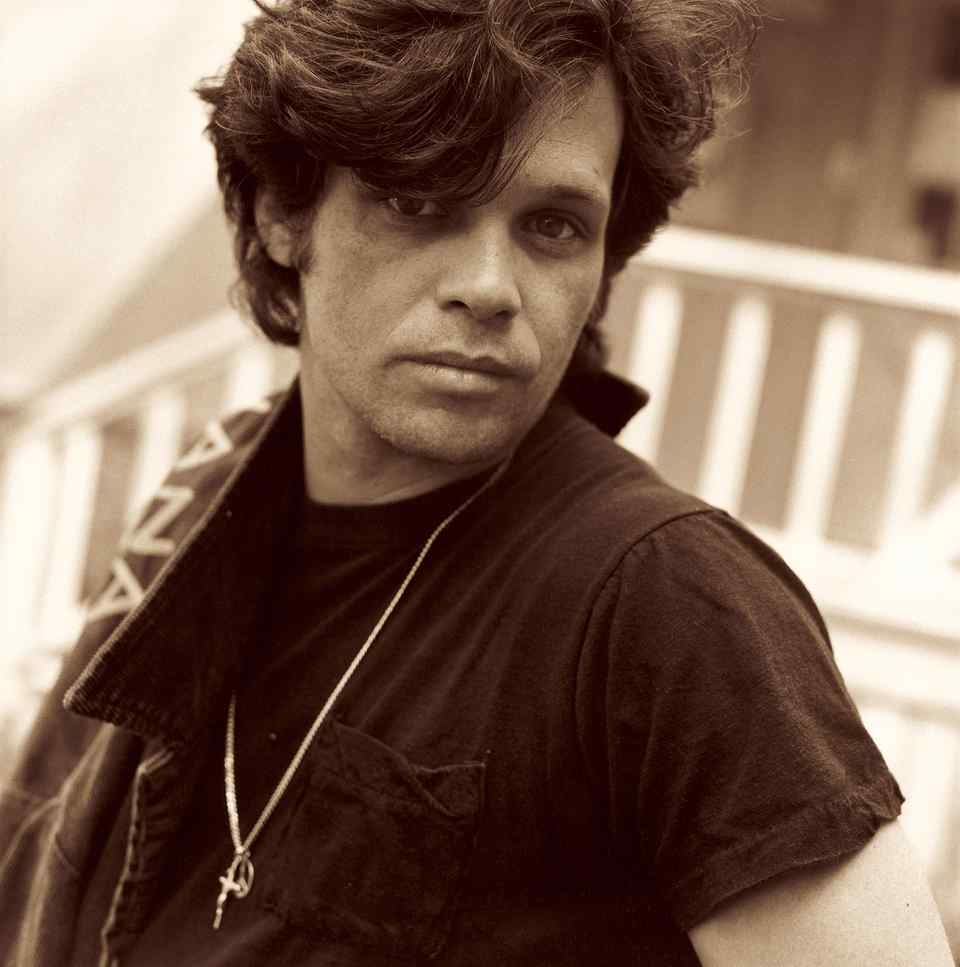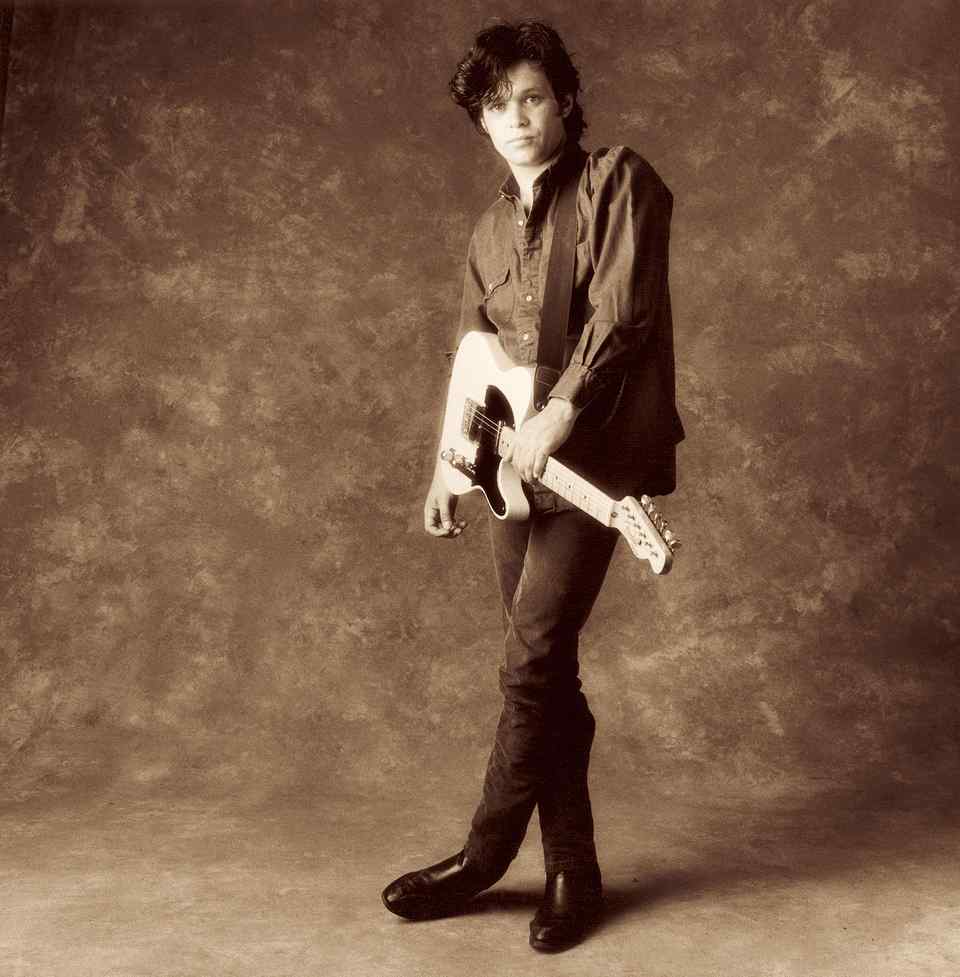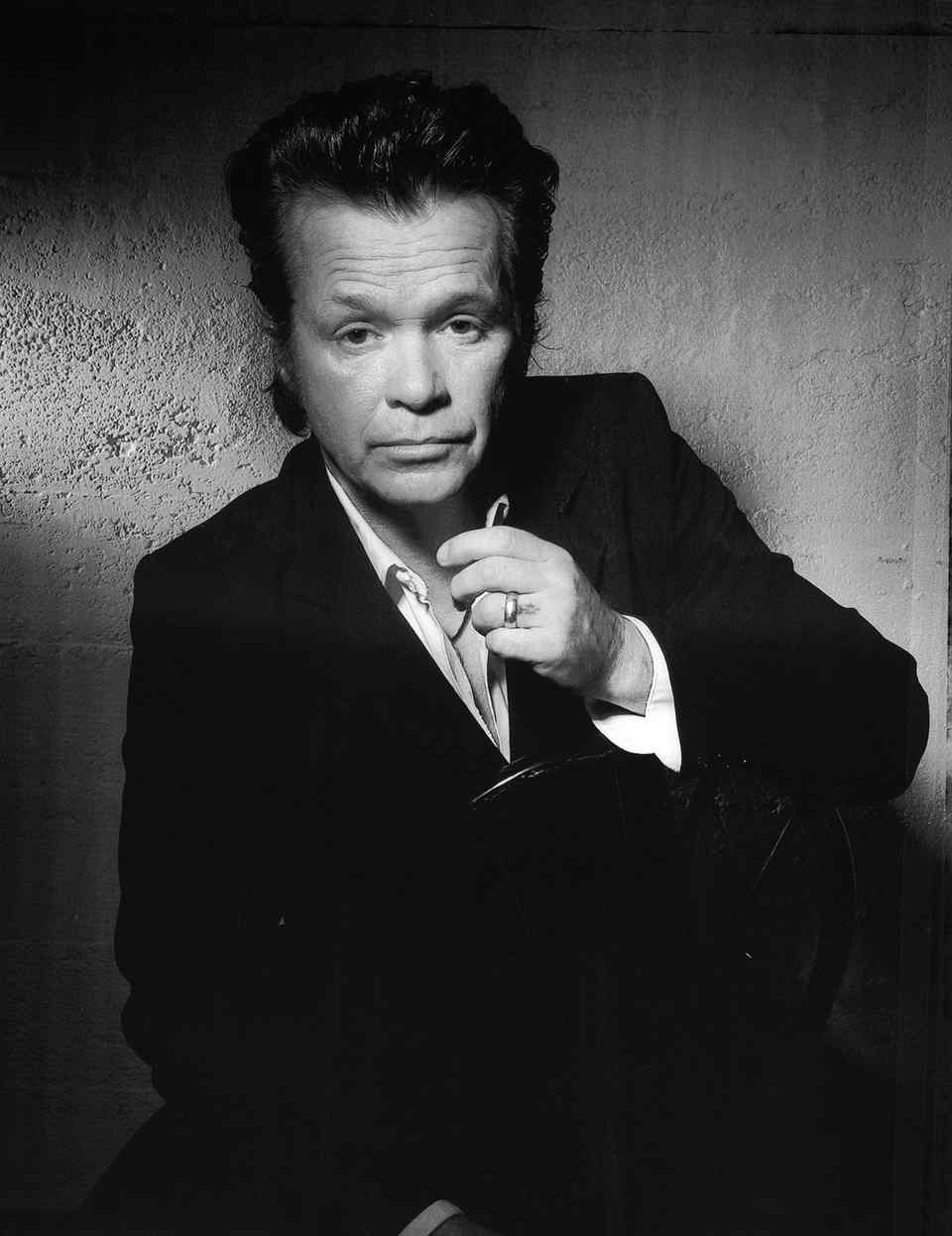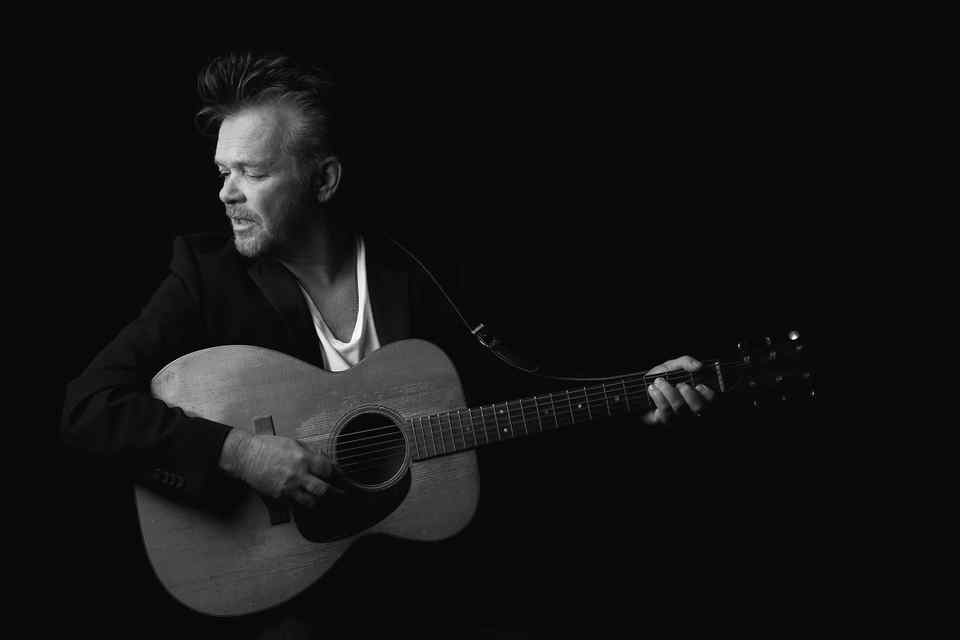Farm Aid History and Reflection Featuring Interview with John
Nature & Recreation - Aiding the American Farmer
Farm Aid, the annual concert founded and organized by the recording industry’s
top names, helps America’s struggling farm families stay on the land.
By Carol Ekarius
A native son of the Midwest, John Mellencamp was a young man in his early 30s in
the summer of 1985, and his album, Scarecrow, was burning up the charts. Its
title song, “Rain on the Scarecrow,” was a searing commentary on what he saw
happening to farms around his home in Bloomington, Indiana.
This land fed a nation, this land made me proud
And son I’m just sorry, there’s no legacy for you now
Rain on the scarecrow, blood on the plow
Rain on the scarecrow, blood on the plow
As John says, “It isn’t like you had to go looking for a cow, or looking for a
cornstalk, they were everywhere. They were right outside the door.” Growing up
and as a young man, he knew the people who owned those cows and those
cornstalks. They were small, family farmers—people who had grown up on the land,
and loved it.
Scarecrow on a wooden cross, blackbird in the barn
Four hundred empty acres, that used to be my farm
I grew up like my daddy did, my grandpa cleared this land
When I was five I walked the fence, while Grandpa held my hand
Farmers prospered in the late 1960s and early 1970s, with a federal farm policy
that bolstered foreign exports of agricultural goods, and tax laws that
encouraged outside investment in American agriculture. Because markets and
income were so good, farmers were encouraged to borrow more and more money. They
took on heavy debts, buying additional farmland, even though the land prices
were seriously inflated.
Farmers owed nearly $50 billion to banks in 1970, but by 1985 their debt had
exploded to $215 billion, with an overwhelming $20 billion a year in interest,
yet the value of land and other farm assets declined nearly 50 percent from
their peak in the late ‘70s. Farmers couldn’t pay back the loans, and a tsunami
of farm foreclosures swept the country.
The crops we grew last summer, weren’t enough to pay the loan
Couldn’t buy the seed to plant this spring, the Farmers Bank foreclosed
Called my old friend Schepman, to auction off the land
He said John it’s just my job, and I hope you understand
But there were some people who wouldn’t accept the changes that were ravaging
rural America. They would intercede on behalf of the farmers.
Best of the Best
John Mellencamp says his favorite Farm Aid concert was in Indianapolis in 1989.
“It was such a great, great concert; it was the best of the bunch. Elton John
played. He was in Indianapolis to visit Ryan White [a teenager who was dying of
Aids, which he contracted from a blood transfusion], and he called me up and
wanted me to come see this boy before he died. I drove up and went to the
hospital with Elton. I said ‘Farm Aid is tomorrow,’ and asked him if he wanted
to come play at it. He came out and played and it was so moving; he was so
great. It was the highlight of Farm Aid for me.”
MUSIC FOR CHANGE
On July 13, 1985, rock musicians and bands, from both sides of the Atlantic, got
together for the Live Aid charity concert, to raise money for African famine
relief. During the show, Bob Dylan said something about it being too bad that
some of the money being raised couldn’t be used to support American farmers.
Willie Nelson heard Dylan’s comment, and was spurred to action. “He was going to
try to put this concert together; I think I was like the first guy he called,”
John Mellencamp says.
Just six weeks later, on September 22, 1985, before a crowd of over 80,000
people in Champaign, Ill., the first Farm Aid concert happened. Willie, John,
and their friend, Neil Young, had recruited a veritable who’s who of musicians.
Over 60 acts performed, raising over $7 million for America’s family farmers. As
John explains, “Every rock band, and every country band, and every folk band in
America was there. The first guy on the act was Jon Bon Jovi; he started the
show and it just went on and on and on from there.”
The who’s who element has continued. In 16 concerts, Willie, John and Neil have
drawn 329 artists into the fold. From Alabama and the Allman Brothers Band to
Joe Walsh and Dwight Yoakam, some of music’s biggest names have come to perform,
and have donated not only their time, but also all their expenses associated
with playing at Farm Aid, making the concert a true benefit. Some artists have
played Farm Aid only once or twice; others, like Dave Matthews, or Hootie and
the Blowfish, play whenever their schedules allow.
Jim “Soni” Sonefeld, drummer for Hootie and the Blowfish, remembers well the
band’s first performance at Farm Aid 1995. “I can guarantee you we were very
nervous getting up in front of all those people at the first Farm Aid concert we
did, and realizing that Willie Nelson invited us to do this gig with him. We
were still very impressionable and we wanted the chance to be on with our idols.
I think we got the call to do Farm Aid, and realized ‘wow,’ John Mellencamp’s
gonna be there, Neil Young’s gonna be there, Willie’s gonna be there.”
But the chance to be on with these idols isn’t what’s kept Hootie coming back
time and again. Soni grew up much like John Mellencamp did, in a small
Midwestern town where corn and cows predominated, but he saw farm friends from
school leave as the family farms were sold for subdivisions, and he saw
independent businesses give way to big box stores. “I have always believed in,
and tried to actively support, the small guy and the local guy in any business,
from farming to a lot of different businesses. Why have the mom-and-pop record
stores and the mom-and-pop convenience stores gone out of business? Why have
family farmers gone out of business? ...”
MAKING A DIFFERENCE
Farm Aid is about the music to most concertgoers, but to the artists themselves,
it is very much about the cause. At its genesis, the cause was the
depression—both economical and spiritual—that was troubling rural America; today
it is still about family farmers, but it is also about providing the American
people with a safe, fresh and locally grown food supply from family farmers, who
are often good stewards of the land—for air and water quality, and for wildlife.
The result of these artists’ generosity has been that, since its inception, Farm
Aid has granted over $17 million to more than 100 farm organizations, churches
and service agencies in 44 states. Many Farm Aid grants are used for direct
services, like food and emergency aid, legal assistance and hotlines—services
that have helped thousands of struggling farm families across the country stay
on the land. Farm Aid also grants funds to nonprofit organizations around the
country that promote outreach, education and the development of long-term
solutions for the problems facing rural America. In recent years, some of this
support has gone to local efforts that confront the threat of increasing
corporate control of agriculture.
When Farm Aid started, the farm crisis was “on the front page of the paper
almost daily. There were foreclosures, and farmers going to help each other at
penny auctions [farmers support each other by bidding very low to force the
auctions’ cancellation]. People were very conscious about it,” says Carolyn
Mugar, Farm Aid’s executive director.
Carolyn was recruited by Willie Nelson to help, about 10 days before the first
concert. She says that although the farm crisis is not on the front pages of the
paper anymore, there is still a real need. The farm crisis has become a chronic
problem, but Carolyn sees something to be hopeful about. “People are becoming
more conscious about where their food comes from and they are concerned about
whether they are going to have access to fresh, locally grown, family farm
raised food as opposed to food from factories, or food from other countries. We
know that people are more and more interested in making a commitment to connect
with family farms.”
LOOKING BACK, LOOKING AHEAD
To learn more about Farm Aid programs and concerts (at press time, the date and
location of this year’s concert has not been confirmed, but it will take place
in the fall), or to make a donation, check out www.farmaid.org, or call (800)
Farm-Aid.
Check this out:
Farm Aid Grants in 2003...
I ask John if, in the summer of ‘85, he thought he was going to be part of
something that would go on for years and be such an influence on the dialog
about rural America and our food system, or did he think they would do one
concert, raise some money to give away, and that would be that? “Oh, definitely,
I think the latter of the two was about all the vision I had. I can’t speak for
Willie or Neil, but that’s about all the discussion we had at first. You have to
imagine, at that time it was really quite an undertaking, just doing that first
concert.”
But as everyone associated with Farm Aid points out, the problems have not gone
away so neither has Farm Aid. It continues to grow and change, responding to
changing, but continuing needs. Carolyn points to an example: “When we started,
we knew that industrial agriculture was on the horizon, but it really started
coming into people’s consciousness much clearer as factory farms arose in rural
communities, ruining air quality, polluting rivers and driving family farmers
out of business. People are realizing what this horror is, and they are more
willing to start taking note of the difference between industrial food and
family farm raised food.”
John follows up on the point. “When we started out we took a lot of paths and
avenues that we hoped would help family farmers. But we realized as we were
traveling them that they didn’t seem to be going particularly the way that we’d
hoped. We could see that just being there for the farmer wasn’t going to work;
we decided to take a more educational position and tried to be more proactive
with the general public.”
What John sees as important in terms of the organization’s ability to ensure
ongoing support of the cause is the backing of younger musicians. “I’ll tell
you, I am always surprised about the people who want to play at Farm Aid. I had
three young acts wanting to participate last year, andthese people were 22 years
old—they had grown up watching it, and they were just so eager to play Farm
Aid,” he says.
Thanks to his commitment to Farm Aid, Willie, John and Neil extended an
invitation to Dave Matthews (who owns a farm of his own in Virginia) to join the
board of directors of Farm Aid in 2001. John says, “Dave’s enthusiasm and
commitment to Farm Aid have been just incredible. I think it must have been
1995, in Louisville, Ky., that he first played with us—that was before he was so
well known, he was just starting out, but his commitment to Farm Aid was very
big. He was so excited to be a part of everything and worked so hard.
“Dave is not one of those guys that ‘half-asses’ anything,” he adds with a
laugh.
One thing is for sure, with new artists coming on board, and the commitment of
John, Willie, Neil and Dave, Farm Aid will continue to provide great music for
an important cause, and it will continue to advocate a food system that keeps
the family farmer as the caretaker of the land.
HFLyrics to “Rain on the Scarecrow” used with permission of John Mellencamp.
Click
HERE to read the article online.
